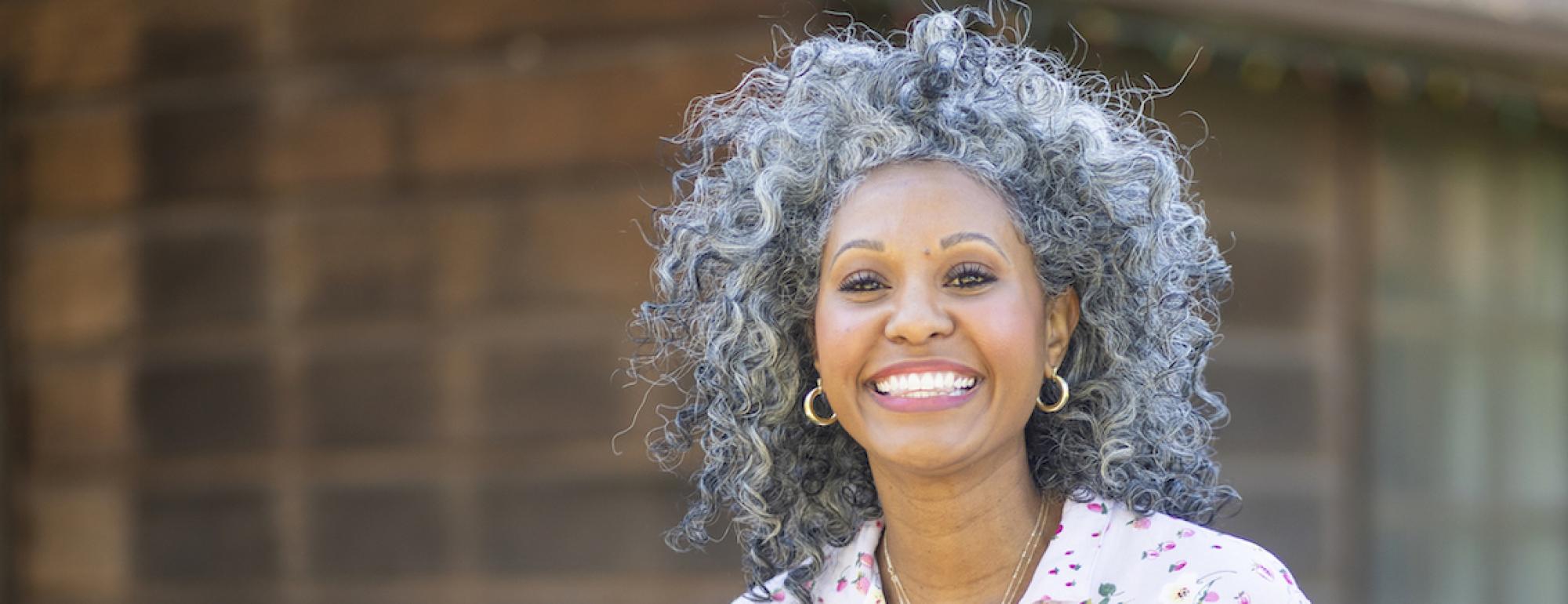Breast Reduction or Mastopexy
In this approach, breast reduction techniques are used on both the breast with the lumpectomy and the contralateral breast. A breast reduction reduces the size of a patient’s breasts by removing both tissue and skin. In the breast with the lumpectomy, tissue is rearranged depending on where the lumpectomy occurred. Meanwhile, the contralateral breast receives a conventional breast reduction.
A benefit to the breast reduction approach is that after the lumpectomy the reconstruction can be done immediately as a continuation of the same surgery. Patients also end up with a breast lift, or mastopexy, effect which could also be considered a benefit to some patients, especially to patients with larger breasts. This method also allows patients who have larger lumpectomies to still achieve good aesthetic outcomes.
A drawback to this type of surgery is that patients may ultimately end up with additional scars because of additional incisions required to perform the surgery. However, scars can often be covered by a bra or a swimsuit and will generally become less noticeable over time.
Fat Grafting
With this method, it is possible to do reconstruction after lumpectomy without any additional incisions or major scars. Often times, lumpectomy patients also require radiation treatment as prescribed by her oncologist. This can make conventional reconstruction methods more difficult to perform, but fat grafting remains very viable.
After radiation, fat is taken via liposuction from another area of a patient’s body. This fat is then injected into the breast area and begins to correct the deformity the lumpectomy caused. Additional fat grafts ultimately yield a healthy, natural fatty breast mound.
The fact that fat must be taken from another area of a woman’s body via liposuction may be considered an advantage to some women. An additional advantage to this approach is that no more major surgeries are required and it does not result in any long scars.
